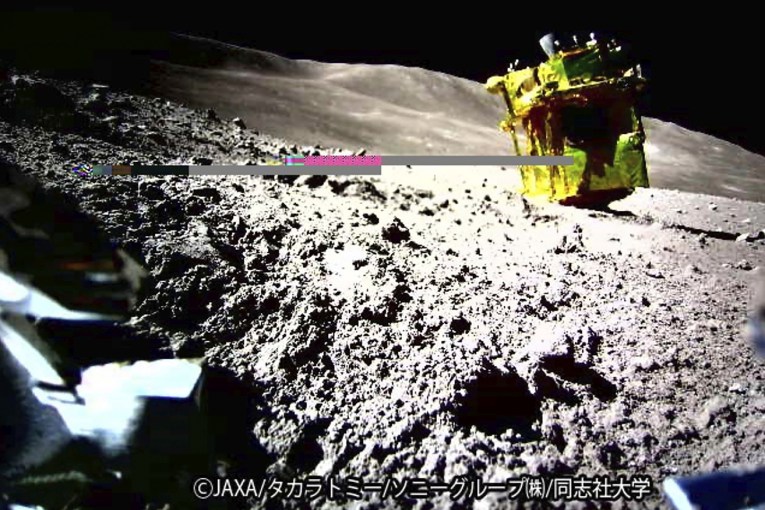NASA crashed a spacecraft into an asteroid on Tuesday, and it bodes well for the Earth.
As part of the US space agency’s Double Asteroid Redirection Test (DART), a vending-machine-sized spacecraft travelling at more than 22,000km/h deliberately collided with Dimorphos, an asteroid with a diameter of about 170 metres.
Although Dimorphos presented no threat to humanity, NASA’s operation is a world-first demonstration of planetary defence technology for any Earth-bound asteroid or comet that might head our way.
Tweet from @NASA
“At its core, DART represents an unprecedented success for planetary defence, but it is also a mission of unity with a real benefit for all humanity,” NASA administrator Bill Nelson said.
“As NASA studies the cosmos and our home planet, we’re also working to protect that home, and this international collaboration turned science fiction into science fact, demonstrating one way to protect Earth.”
Researchers will now observe Dimorphos via telescopes to confirm that DART’s impact altered the asteroid’s orbit.
Asteroids ‘inevitable’
Alan Duffy, director at Swinburne University of Technology’s Space Technology and Industry Institute, told TND the DART mission has provided confidence that the world could deflect a possible future Earth-threatening asteroid through this kinetic impact technique.
Dr Duffy said asteroids of Dimorphos’ size hit Earth every 20,000 years or so.
Even significantly smaller space rocks cause devastation, as seen when a 20-metre-wide meteorite exploded over the Russian city of Chelyabinsk in 2013.
The meteorite sent shockwaves powerful enough to knock people off their feet and damage buildings, and the fireball visible before its touchdown glowed 30 times brighter than the Sun, leaving people with skin and retinal burns.

Space rocks don’t have to be big to cause damage; just ask Russia. Photo: Getty
If an asteroid the size of Dimorphos hit the Earth, it would essentially leave a crater measuring three kilometres across, and the shockwave would level buildings hundreds of kilometres away, Dr Duffy said.
“It is inevitable that we will have an asteroid hurtling towards us. It’s just a matter of time,” he said.
“And now, thankfully, we have the technology that seems to prevent that.”
Hard to spot
NASA said there are no known asteroid threats to Earth for at least the next 100 years, but Dr Duffy said there may be dangers hiding out of sight.
“There’s a blind spot if the asteroid is coming from the direction … of the Sun, in which case there’s no way our telescopes can see it,” he said.
“Certainly, there have been other asteroids that have missed the Earth, near-misses, that we just didn’t see until they were past us.”
Small asteroids can also be hard to spot because they reflect light, which can make searching for them in areas like the Milky Way like looking for a needle in a haystack.
Benjamin Montet, senior lecturer at the University of NSW, said while researchers definitely hadn’t found all the asteroids that could be a threat, in most cases scientists will likely have “tens of years” to find a solution after one is discovered.
NASA’s small nudge is a step in the right direction, but he said another solution could simply be painting the side of asteroid, an idea the US space agency is also pursuing.
The paint would change the way it is heated by the sun, and the change in heating could produce a force strong enough to cause an asteroid to shift from its current orbit.
DART’s crash with Dimorphos is expected to cause an estimated speed change of about 0.4 millimetres a second for the asteroid.
This doesn’t sound much, but if an Earth-threatening asteroid was found a few years before it became an imminent danger, a similar tiny shift in orbit could help prevent an event like the one that caused dinosaurs to go extinct.
“It’s something that we want to be aware of and avoid if we can,” Dr Montet said.
“An asteroid of the right size could cause total devastation to a city, or a continent, or the whole world.”









